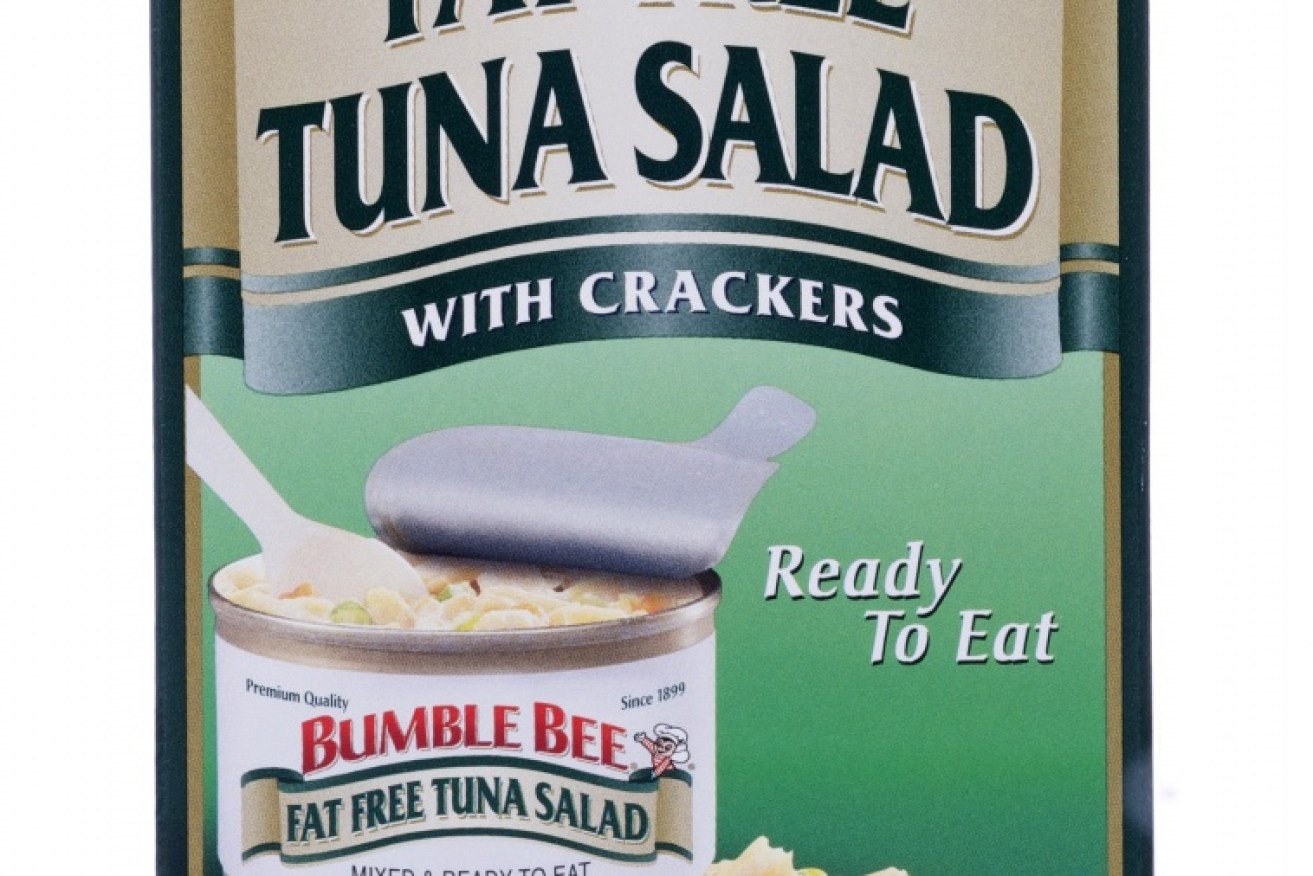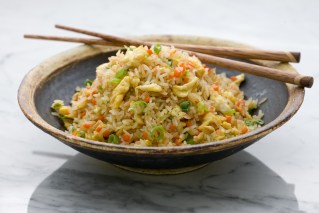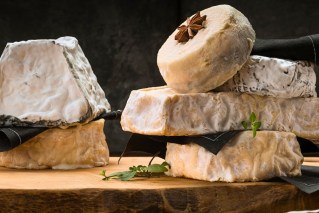Scientists discover new taste to challenge the senses


Fat free products could soon taste a lot more like the real thing. Photo: Shutterstock
Have you ever tucked into a piece of meat and thought to yourself, “this tastes fatty”?
Scientists have discovered a sixth taste – to add to sweet, sour, salty bitter and umami – and it’s good ol’ fat.
According to the researchers who made the discovery, this new taste could profoundly change the way we eat.

Fat free products could soon taste a lot more like the real thing. Photo: Shutterstock
• America loves Tim Tams
• Seaweed-bacon?
• Death of a favourite lolly
Until now, fat has been thought of as a “flavour carrier” and as an ingredient to add texture to a dish.
But in a new study, scientists determined that humans are in fact able to taste fat on its own, meaning it could qualify as a new basic taste.
The study came from Purdue University in the US, and began with the discovery that our taste buds interact with fat in a similar way they do with the other basic tastes.
Participants in the study were fed the basic tastes, plus fat, and asked to categorise them.
They were able to distinguish the taste of fat from the other tastes, leading the researchers to believe they had discovered something that could rock the food industry.
Just as we are able to sprinkle salt, sugar and MSG onto our meals, soon we may also be able to sprinkle the very tasty essence of fat onto our humble roast vegetables or soup.
Isolating the taste could potentially make it far easier (not to mention healthier) to add depth and flavour to our food.
The proposition that fat could be a taste was first made back in the 1500s by French physician and philosopher Jean Fernell, but the idea was quashed by science, until now.
While the human tongue can distinguish thousands of tastes, what sets the basic tastes apart is that they share no qualities in common with each other.
Just like primary colours, these tastes blend together like primary colours to produce wildly different paintings of flavour.
If scientists are indeed able to isolate the flavour in a way that it can be easily added to foods, this discovery could be more than interesting news – it could be a real money spinner.
Perhaps most importantly of all, it could finally be an answer to why that fat-free chocolate bar doesn’t taste nearly as good as its fat-packed cousin.








